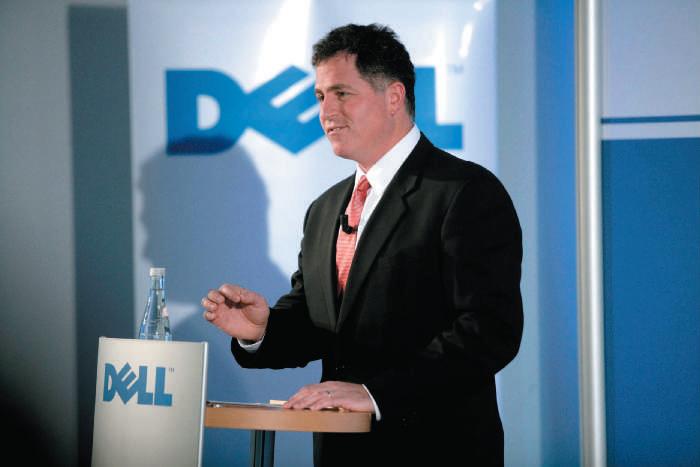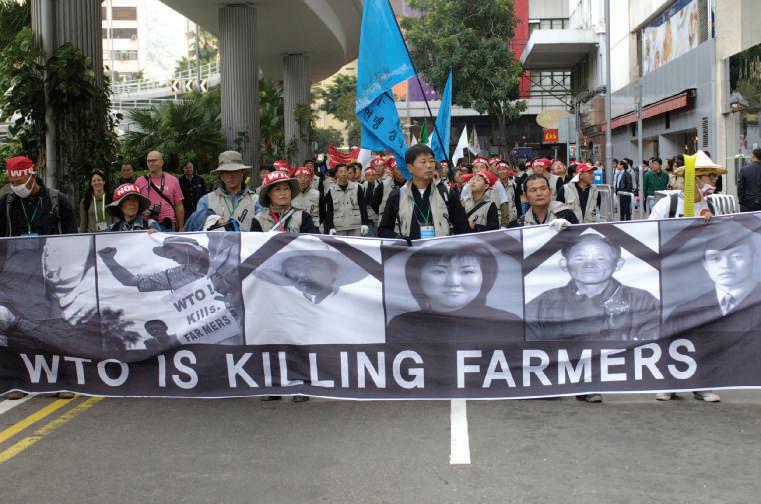230
C h a p t e r 9 C o n t r ol o f G lo b al B u si n ess
9-4-3 Output Controls and Measurement Another aspect of organizational control is output and measurement. Output controls and measurement involve establishing specific goals on given metrics and then measuring to what extent these goals are being achieved at certain time intervals (e.g., quarterly, annually). There are several areas where output controls and measurement are put into practice, including profits, growth, productivity market share, quality control, and corporate social responsibility. Let’s examine each of these areas. 9-4-3a Profits Financial profits and specific financial goals are one kind of output control and measurement used by global businesses. For example, Smithfield Foods Corporation, the world’s largest pork producer, historically set the clear organizational goal of getting 10 cents profit for each pound sold of its processed pork products like Armour smoked bacon. The company’s CEO C. Larry Pope coined the phrase “[i]t’s time for the dime” and put bumper stickers with the slogan everywhere in the organization. Smithfield CEO Pope once stated that because his industry doesn’t “have a lot of Harvard people,” it’s important to keep the profitability message “simple and deliverable.”9 While the Smithfield Foods “it’s time for the dime” goal applied to all of the organization’s processed pork sales, it did not apply to its sale of whole pigs and other nonprocessed products, especially in China. With Chinese citizens consuming about one-half of the world’s pork, Smithfield Foods Corporation back in 2009 felt compelled to enter the Chinese market. That said, when Smithfield entered China it adopted substantially different output control metrics. 9-4-3b Growth When Smithfield Food started selling its products in China, it was not looking for immediate “time for the dime” profits. Instead, it was thinking ahead, hoping that its Chinese Foray could help the company and its stock share price grow/“five or ten years” down the road.10 Indeed, the positive impact on Smithfield in this regard came even more quickly, with Shuanghi International, China’s largest meat company, agreeing on May 29, 2013, to buy Smithfield for $34 per share in cash—a 31 percent premium to the company’s previous stock price. The merge also created one of the largest pork enterprises in the world.11 Another company focused on growth is Las Vega’s hotelier MGM Mirage. In a huge gamble (pun intended), MGM Mirage recently spent $8.5 billion on a new CityCenter Resort that adds more than 4,800 new rooms to a hotel room market that some argue is already saturated. The new venture leaves MGM Mirage with around $12 billion in debt—that’s billion, not million. Critics caution that MGM’s development of the huge CityCenter project is simply a long-term wager by the company on the future of Sin City. It is measuring its current output not on how financially profitable it is, but on how much successful growth it is accomplishing. In gamblers’ parlance, MGM Mirage is doubling-down on Vegas!12 As the Smithfield and MGM examples demonstrate, growth is an important control metric and may be a particularly important issue for shareholders hoping that the value of their stock holdings will appreciate over time. Global businesses are constantly examining whether their business is growing or not. In certain business contexts, if a business is not successfully growing, it may end up dying. Thus, measuring and controlling effective growth can be extremely important in today’s global business environment. output controls and measurement
involves establishing specific goals on given metrics and then measuring to what extent these goals are being achieved at certain time intervals
9-4-3c Productivity Another output control measure frequently used by global businesses is productivity or efficiency. In the banking industry, for example, a given bank’s “efficiency ratio” (i.e., how little expense or overhead is needed to produce a given amount of income) is a closely monitored metric. If one bank can achieve a profit of $2 million per year with 90 employees and another bank needs to employ 200 employees to achieve the same level of profits, the first bank’s employees are arguably being more productive or efficient than the second. This may signal that the first bank is a better run organization.
Copyright 2017 Cengage Learning. All Rights Reserved. May not be copied, scanned, or duplicated, in whole or in part. Due to electronic rights, some third party content may be suppressed from the eBook and/or eChapter(s). Editorial review has deemed that any suppressed content does not materially affect the overall learning experience. Cengage Learning reserves the right to remove additional content at any time if subsequent rights restrictions require it.







































